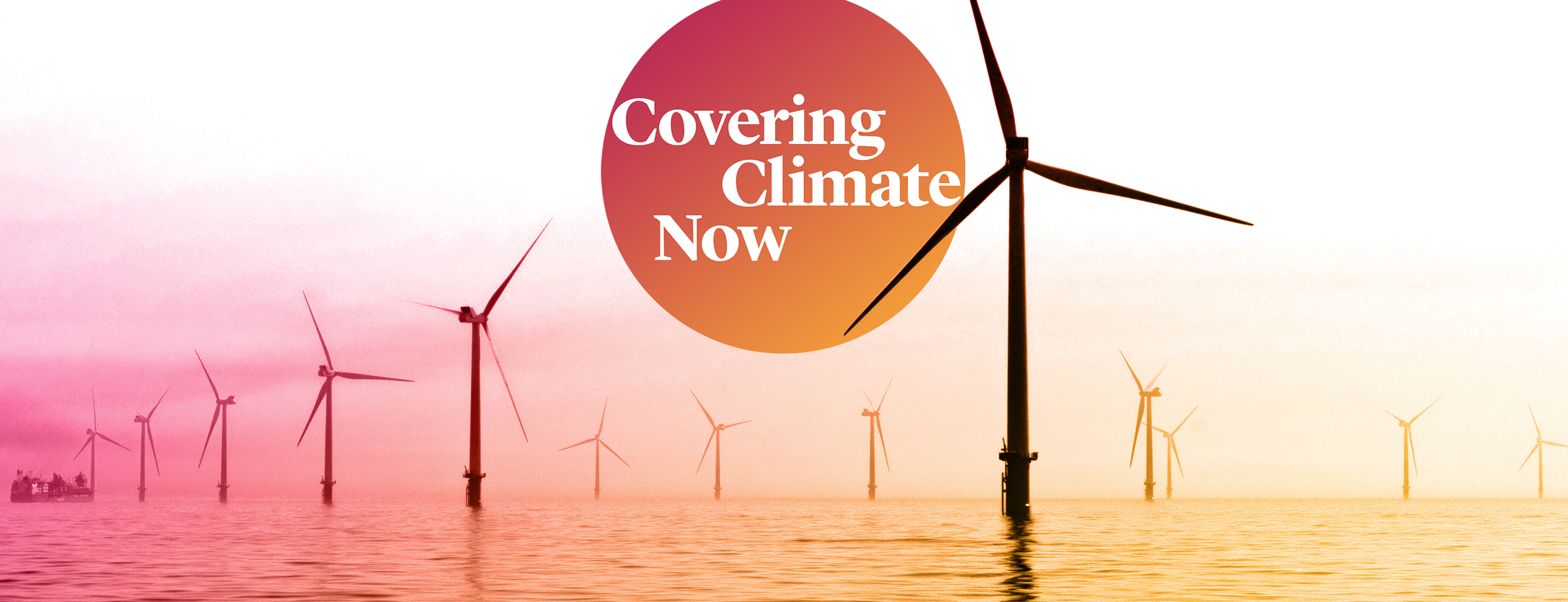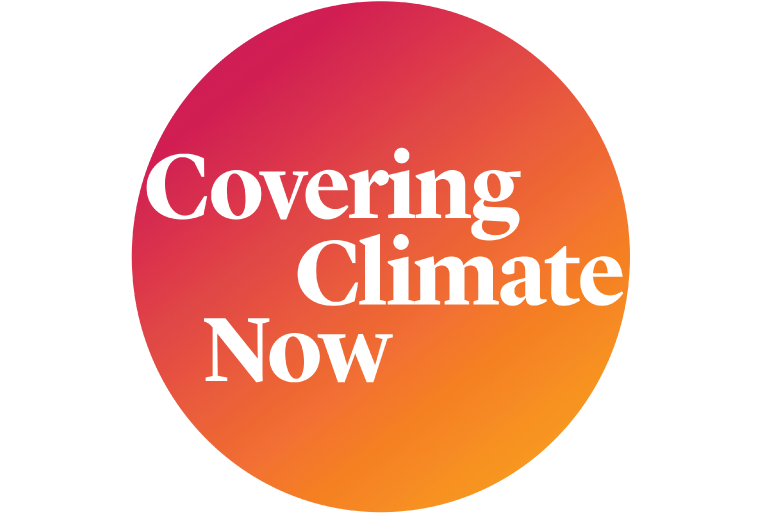Shortly after the police killing of George Floyd, Varshini Prakash tweeted, “If we can imagine stopping the climate crisis then we sure as hell can imagine a day when white supremacy is ancient history too.” Prakash, twenty-seven, is the cofounder and executive director of the Sunrise Movement, an uprising of young climate activists who have done more than any other group to push the idea of a Green New Deal onto the public agenda. To Prakash and her fellow activists, the fight for a livable planet and the fight against racial injustice are the very same fight.
“Equity and justice have to be the lens through which we solve [the climate] problem,” Prakash has said. “If it does not work for and benefit the most disadvantaged among us…it will not fix the problem.” The climate problem, in the eyes of this new generation of activists, is systemic and rooted in privilege. The poor, people of color, and women suffer first and worst from the heat waves, droughts, and storms unleashed by global warming, though they did little to cause that warming. The rich, the white, and the comfortable, whose investments and lifestyles drive global warming, are often shielded from its impacts. The same social systems that drive the climate crisis also perpetuate the racism that killed George Floyd and countless other people of color, and it is those systems that need replacing.
ICYMI: A pipeline runs through Southern news deserts
Days after the Democrats gained control of the US House of Representatives in the 2018 midterm elections, Prakash and dozens of Sunrise members occupied the office of incoming House Speaker Nancy Pelosi, demanding that Democrats back policies that matched the scale and urgency of the climate crisis. After rising Democratic star representative-elect Alexandria Ocasio-Cortez joined the protesters and applauded their efforts, a handful of articles appeared in Politico and other Washington-focused news outlets. Three months later, after extensive consultations with the Sunrise Movement and others, Ocasio-Cortez and Sen. Ed Markey introduced a congressional resolution calling for a Green New Deal. Suddenly, the Green New Deal was national news, with stories running in leading newspapers, magazines, and even network TV news programs.
Now Prakash and Ocasio-Cortez, along with Vermont senator Bernie Sanders, are attempting to make a Green New Deal part of the official platform of the Democratic Party in the 2020 campaign. Prakash is serving on a task force established by Sanders and former vice president Joe Biden, the Democrats’ presumptive nominee, to try to devise a climate policy all Democrats can support in November. Biden and Sanders both nominated members to the task force, including one cochair: Ocasio-Cortez for Sanders, and John Kerry—who, as secretary of state under President Obama, helped negotiate the Paris climate agreement—for Biden.
Media coverage of the Green New Deal has been scanty since Ocasio-Cortez and Markey introduced their resolution, in February 2019, even as Sanders and most other Democratic candidates endorsed various versions of a Green New Deal during the primaries. Now, as Democrats debate whether to make a Green New Deal part of their argument for defeating Trump, newsrooms have an opportunity to catch up with the story. Americans deserve to know before they vote in November what a Green New Deal is, how it would work, what it would cost, what position the contending political parties and candidates take on it, and what difference it could make in the effort to preserve a livable planet.
The work of the Biden–Sanders task force is a good place to start. Like most climate activists during the primaries, the Sunrise Movement blasted candidate Biden’s climate proposals as much too weak. Yet after the task force completed its second meeting, Prakash tweeted a video message saying she was “cautiously optimistic” that she and her new colleagues would agree to “a national mobilization this decade that creates tens of millions of good-paying jobs with access to a union.” She added that at a time “when we have thirty million unemployed in this country, we can take this opportunity to rebuild from the horrific impacts of covid-19 stronger, more resilient, and more sustainable than before.” And she made a point of praising the contributions of two Biden appointees, including Gina McCarthy, Obama’s former Environmental Protection Agency chief, who reportedly told the task force that the benefits of any climate policy “need to get to people today and tomorrow, not by 2050.”
The debate around the Green New Deal offers an abundance of news angles. Whether Biden and the Democrats go all in on a Green New Deal is unquestionably a big political story. It’s also a major business story: Which sectors of the economy stand to benefit from a Green New Deal? Which will resist, and why? Local coverage can ask what the mayors, governor, and other key public and private officials in a given region think a Green New Deal would mean for jobs and investment within their jurisdiction. International stories can explore how a justice-centered Green New Deal compares to the green stimulus programs the European Union, the International Monetary Fund, and other pillars of the global establishment have urged to revive coronavirus-battered economies. And looming over everything is a final question: How would a Green New Deal affect our civilization’s chances of surviving what remains, even amid this pandemic, the gravest threat of our time?
And now here’s your weekly sampling of the latest in climate news, from across the Covering Climate Now collaboration.
- As America grapples with systemic racism, environmental groups are foregrounding climate justice and also confronting their own racist pasts. Many green groups remain overwhelmingly white and focused on such issues as land conservation rather than ensuring clean drinking water for communities of color—but things are beginning to change, Grist reports.
- On a similar note, ICYMI, HuffPost reported in April on the solar industry’s persistent diversity problem—and the companies fighting to change it.
- Vox details how Biden’s campaign and the climate movement are finding an unlikely but hopeful union, after candidates who were viewed as stronger on climate failed to win the primary. On the one hand, an appeal to climate voters can help deliver Biden the left, activists say; on the other, Biden’s Main Street appeal, coupled with his focus on jobs and investment, may finally shepherd political centrists to the climate cause. In the words of one environmental-group leader: “Joe Biden isn’t the climate champion that the movement wanted, but he may be the champion they need.”
- In 2020, America consumed more renewable energy than coal for the first time since the 1800s, when wood was used to power ships and trains, Bloomberg Green reports. “This shows us the trend toward renewables is clearly well underway,” said one expert. “We see it speeding up.”
- Per The Guardian: COP26 talks, originally scheduled for November in Glasgow, will be delayed by a year due to travel concerns associated with coronavirus. Some countries’ representatives expressed concern that the delay could hinder emissions reductions. The UN climate chief, Patricia Espinosa, however, expressed optimism: “If done right, the [economic] recovery from the covid-19 crisis can steer us to a more inclusive and sustainable path.”
RECENTLY: Trump, Facebook, and the weaponization of free speech




